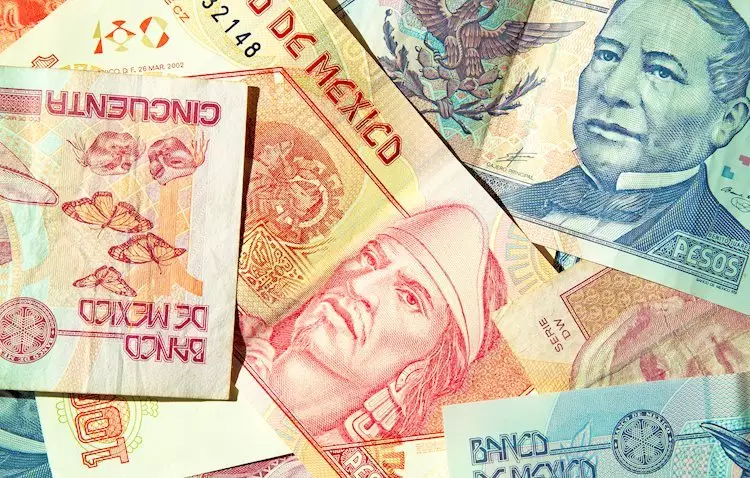After experiencing a series of declines over three consecutive days, the Mexican Peso has shown signs of stability. This resurgence comes in response to various external factors primarily rooted in political developments in the United States, which have a direct bearing on economic dynamics in Mexico. Such fluctuations in currency values can significantly affect not only trade but also investment strategies and financial stability within the region.
In recent times, the Peso’s depreciation has been closely tied to significant political changes occurring across the U.S.-Mexico border. Policy decisions from Washington, coupled with shifts in political sentiment, have caused ripples in Mexico’s economy. As the U.S. dollar gained strength amid these developments, the Peso was forced to adjust, reflecting investor sentiment and market psychology.
The intricate relationship between U.S. politics and the Mexican economy is not new. However, the current scenario underscores how swiftly public opinion and legislative actions can have tangible impacts on neighboring countries. Traders are keenly monitoring these political landscapes, as they can serve as precursors to major shifts in currency valuation.
On the technical front, the USD/MXN exchange rate has recently approached its November high, indicative of a strong bullish sentiment that has taken root after a notable bounce from the lower boundary of a rising channel. This phenomenon serves as an essential signal for traders and analysts; it indicates that the Peso may continue to face challenges in maintaining its value if external conditions remain unfavorable.
Trends in technical analysis often reflect broader economic sentiments, and the current movement suggests a potentially volatile environment in the near future. Investors should remain vigilant as they navigate these market fluctuations, for the interplay between economic indicators and political developments will undoubtedly shape the trading landscape.
Looking ahead, the outlook for the Mexican Peso will largely depend on a combination of political stability and economic performance. Should U.S. policymakers take a more favorable stance toward Mexico, it could pave the way for a stronger Peso in the coming months. Conversely, continued political unrest or adverse economic policies could further challenge the currency’s value, leading to a potential spiral of depreciation.
While the recent stabilization of the Mexican Peso offers a glimmer of hope, it remains vulnerable to a myriad of external pressures. Stakeholders—ranging from individual investors to large corporations—must remain highly informed and adaptable in this ever-evolving economic environment. Only through a nuanced understanding of the intricate ties between politics and economics can one hope to navigate the challenges that lie ahead.

